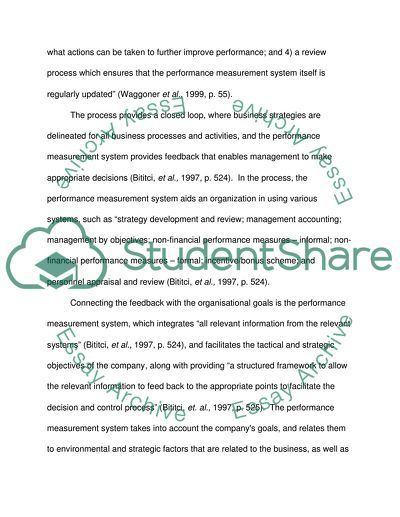Cite this document
(Fundamentals of Performance Measurement Systems and Ghana Commercial B Assignment, n.d.)
Fundamentals of Performance Measurement Systems and Ghana Commercial B Assignment. Retrieved from https://studentshare.org/finance-accounting/1744121-report-about-ghana-commercial-bank
Fundamentals of Performance Measurement Systems and Ghana Commercial B Assignment. Retrieved from https://studentshare.org/finance-accounting/1744121-report-about-ghana-commercial-bank
(Fundamentals of Performance Measurement Systems and Ghana Commercial B Assignment)
Fundamentals of Performance Measurement Systems and Ghana Commercial B Assignment. https://studentshare.org/finance-accounting/1744121-report-about-ghana-commercial-bank.
Fundamentals of Performance Measurement Systems and Ghana Commercial B Assignment. https://studentshare.org/finance-accounting/1744121-report-about-ghana-commercial-bank.
“Fundamentals of Performance Measurement Systems and Ghana Commercial B Assignment”, n.d. https://studentshare.org/finance-accounting/1744121-report-about-ghana-commercial-bank.


